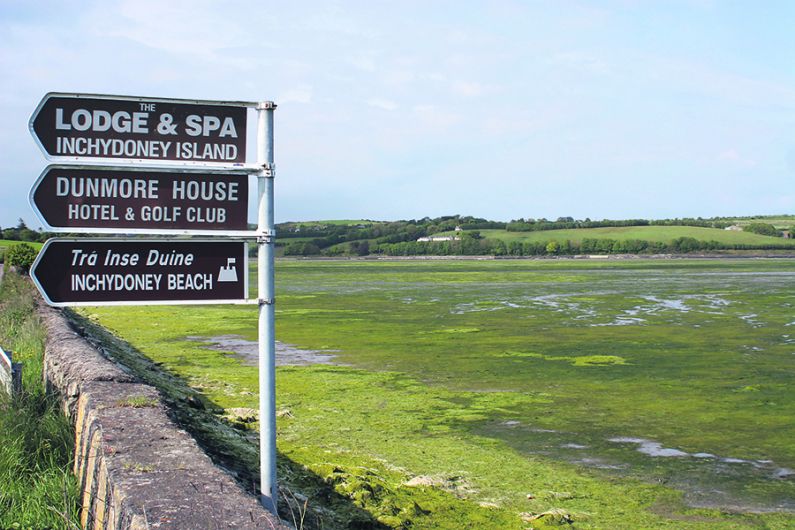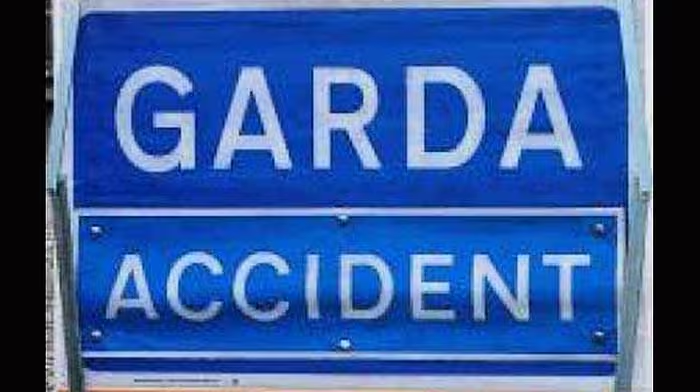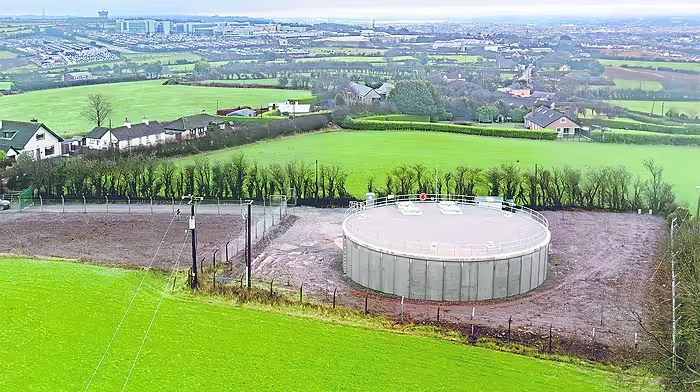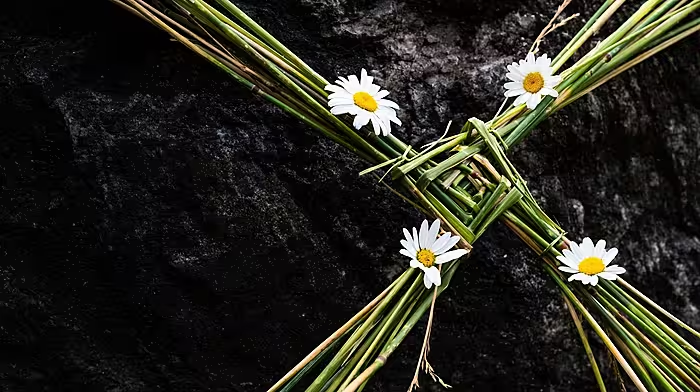The farming community is not solely to blame for the green and red seaweeds that blanket the bays in Courtmacsherry and Clonakilty, according to the Irish Farmers Association (IFA).
The farming community is not solely to blame for the green and red seaweeds that blanket the bays in Courtmacsherry and Clonakilty, according to the Irish Farmers Association (IFA).
A recent report from researchers at NUI Galway has highlighted the increased growth in green and red seaweeds at sites around the Irish coastline including Courtmacsherry and Clonakilty.
Dr Liam Morrison from Earth and Ocean Sciences, based at the Galway University, found that an increase in the amount of nitrates and phosphates from the land flowing into the sea is having a major effect on the growth of green and red seaweed.
‘Ireland is famous for its green countryside but this should not include our beaches too,’ Dr Morrison told The Southern Star.
‘Green tides present a large and costly problem for humans and coastal ecosystems. We need to work harder at trying to keep nutrients out of the water, achieving a good balance between agronomic and environmental gains, especially since the removal of milk quotas and the increased intensification in dairy farming in Ireland.’
Dr Morrison’s report, which was part of an Environmental Protection Agency-funded ‘Sea-MAT Project’, and was carried out over two years, also highlights the fact that while the green and red tides are not toxic to humans, the presence and size has a detrimental effect on tourism as the seaweed discourages recreational use of the shoreline, as well as hampering inshore navigation, fishing and angling.
However, IFA environment spokesperson and local Courtmacsherry dairy farmer Harold Kingston is not convinced that agricultural in the area is solely to blame for the seaweed growth in the area.
‘Intensification of agriculture doesn’t automatically mean increased pollution, despite the narrative from this report,’ Mr Kingston said.
He acknowledged that agriculture can’t be absolved completely but added: ‘It is noticeable that there is significantly less sea lettuce in both Courtmac and Clon since the Kilbrittain sewage scheme and Clon upgrade. In most cases it’s when a tipping point is reached that bloom appears. The new scheme in Courtmac and Timoleague should be a big help.’







